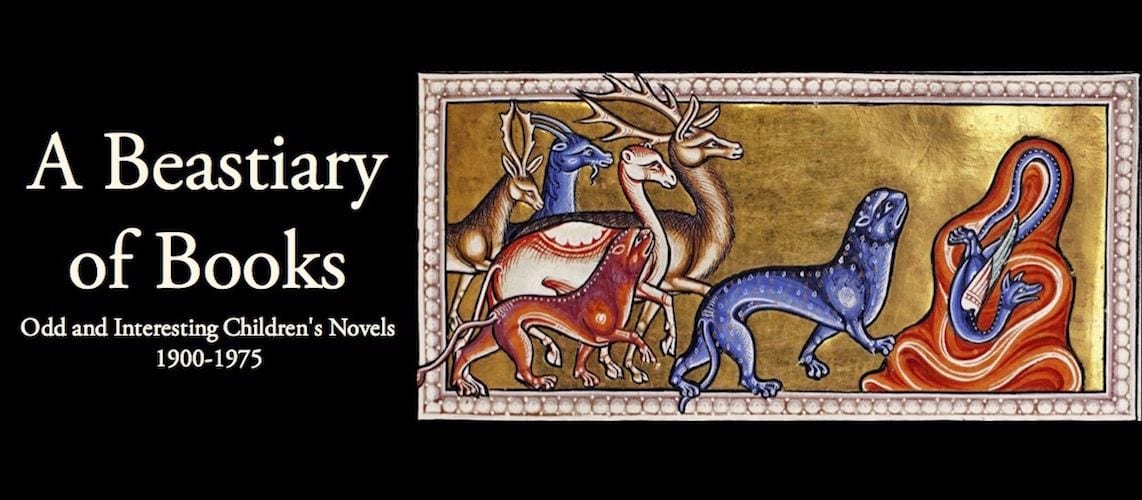 Lud-in-the-Mist is a neglected masterpiece of early 20th century fantastical and fairytale-inspired works. Though not written as a children’s book, it’s really is no less suited for children than Ursula LeGuin’s A Wizard of Earthsea (which, to be fair, would today be marketed as Young Adult). Teens could certainly enjoy Lud-in-the-Mist, and older children whose tastes run that way, as a read-aloud with a bit of prudent skipping. (The undercurrents of sexuality are heavily metaphorical for the most part, but they occasionally pop to the surface.)
Lud-in-the-Mist is a neglected masterpiece of early 20th century fantastical and fairytale-inspired works. Though not written as a children’s book, it’s really is no less suited for children than Ursula LeGuin’s A Wizard of Earthsea (which, to be fair, would today be marketed as Young Adult). Teens could certainly enjoy Lud-in-the-Mist, and older children whose tastes run that way, as a read-aloud with a bit of prudent skipping. (The undercurrents of sexuality are heavily metaphorical for the most part, but they occasionally pop to the surface.)
The town of Lud-in-the-Mist is a thriving port and market town inhabited by comfortable, unimaginative burghers. They are doing their best to forget about magical doings beyond the borders of their realm and in their own past, particularly regarding fairy-fruit, the consumption of which is too shocking to mention. As one person after another falls prey to the lure of fairy-fruit, more and more people also turn out to be complicit in its resurgence. Who is on the side of good and who is not becomes more and more ambiguous. The plot is too complicated to recap here, so let me just say that the writing is exquisite and the imagery is haunting.
It’s a puzzle why this work was neglected for most of the 20th century. (There has been a recent surge of interest since modern author Neil Gaiman heaped praise on it.) I believe one reason is that it would be difficult to flatten and simplify, for purposes of imitation, in the way that the more obvious elements of Middle Earth (swords! wizards!) lent themselves to imitation. The wonders of Lud-in-the-Mist are subtle and elusive, difficult to isolate, bottle, and re-sell.
